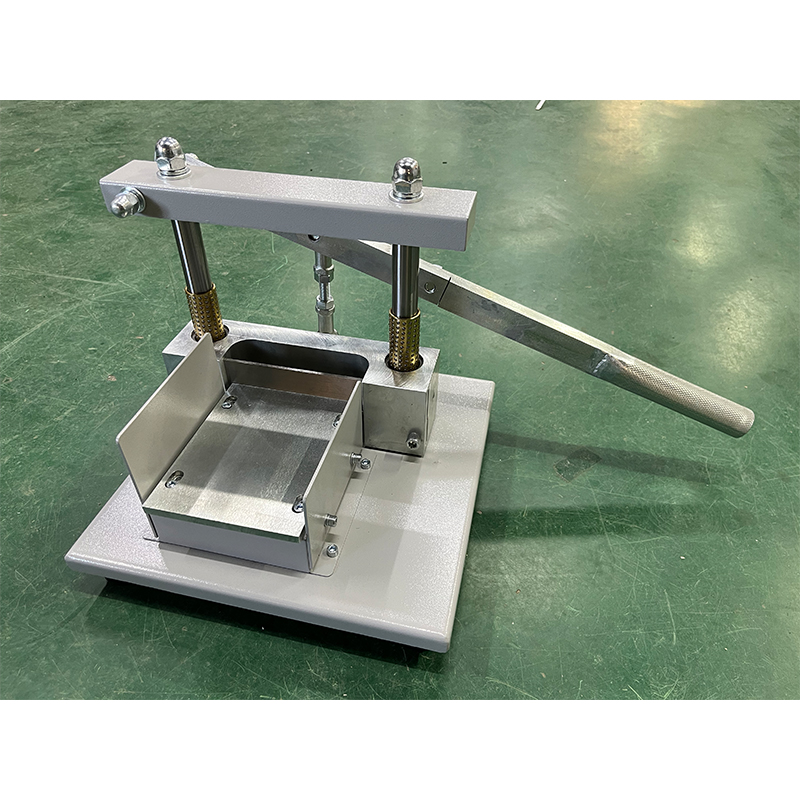Exploring the Implications of Projector Measurement Techniques in Modern Technology Applications
Understanding Projector Measurement A Deep Dive into Performance and Precision
In today’s world of visual technology, projectors have become an integral tool for various settings, including business presentations, educational lectures, and home entertainment systems. However, choosing the right projector often requires understanding its measurement parameters to ensure optimal performance. This article elucidates the concept of projector measurement, covering various specifications and factors that influence projection quality.
Lumens The Brightness Factor
One of the most critical measurements when evaluating a projector is its brightness, typically measured in lumens. The higher the lumen rating, the brighter the image the projector can produce. For instance, a projector with a rating of 2000 lumens or higher is generally suitable for well-lit environments, such as classrooms or conference rooms. Conversely, if the intended use is in a dark home theater, a lower lumen count may suffice. It’s essential to consider your environment when assessing lumens, as ambient light significantly impacts perceived brightness.
Resolution Clarity and Detail
Another pivotal measurement is resolution, which refers to the number of distinct pixels that compose a digital image. Common resolutions include SVGA (800 x 600), XGA (1024 x 768), and Full HD (1920 x 1080). Higher resolutions result in sharper images, enhancing detail and clarity. For presentations that rely on text and graphics, a higher resolution projector is recommended to ensure readability from a distance. In contrast, lower resolution projectors may be adequate for simple image display but can fall short in detailed presentations.
Contrast Ratio Depth of Color
projector measurement

Contrast ratio is a measurement that defines the difference between the brightest and darkest parts of an image. A higher contrast ratio indicates that the projector can produce deeper blacks and more vibrant colors. For example, a projector with a contrast ratio of 20001 will provide a more dynamic and immersive viewing experience compared to one with a 10001 ratio. Contrast ratio becomes particularly important in environments where color accuracy and detail are paramount, such as in graphic design presentations or film-viewing scenarios.
Throw Ratio Image Size and Distance
The throw ratio is another crucial measurement that describes the distance a projector needs from the screen to produce a specific image size. This measurement is significant in determining installation feasibility. A projector with a short throw ratio can project large images from a short distance, making it ideal for smaller rooms. Conversely, standard or long-throw projectors may be necessary for larger spaces. Understanding throw ratio is essential for ensuring that your projector fits well within the intended setting while delivering the desired image size.
Portability and Connectivity
Finally, when measuring projector functionality, one must also consider its portability and connectivity options. Many modern projectors are compact and lightweight, making them easy to transport. Additionally, robust connectivity options, such as HDMI, USB-C, and wireless capabilities, can greatly enhance usability, allowing for seamless connections to various devices. Evaluating these features ensures that the projector not only meets basic performance standards but also fits the practical needs of its users.
In conclusion, understanding projector measurements is vital for selecting the right device for your needs. By focusing on brightness (lumens), resolution, contrast ratio, throw ratio, and connectivity options, you can make informed decisions that elevate your viewing and presentation experiences. As technology continues to evolve, staying updated on these metrics will ensure you harness the full potential of your projector. Whether for professional or personal use, the right choices can transform any space into a captivating visual arena.
-
Why the Conductor Resistance Constant Temperature Measurement Machine Redefines Precision
NewsJun.20,2025
-
Reliable Testing Starts Here: Why the High Insulation Resistance Measuring Instrument Is a Must-Have
NewsJun.20,2025
-
Flexible Cable Flexing Test Equipment: The Precision Standard for Cable Durability and Performance Testing
NewsJun.20,2025
-
Digital Measurement Projector: Precision Visualization for Modern Manufacturing
NewsJun.20,2025
-
Computer Control Electronic Tensile Tester: Precision and Power for the Modern Metal Industry
NewsJun.20,2025
-
Cable Spark Tester: Your Ultimate Insulation Assurance for Wire and Cable Testing
NewsJun.20,2025
 Copyright © 2025 Hebei Fangyuan Instrument & Equipment Co.,Ltd. All Rights Reserved. Sitemap | Privacy Policy
Copyright © 2025 Hebei Fangyuan Instrument & Equipment Co.,Ltd. All Rights Reserved. Sitemap | Privacy Policy
